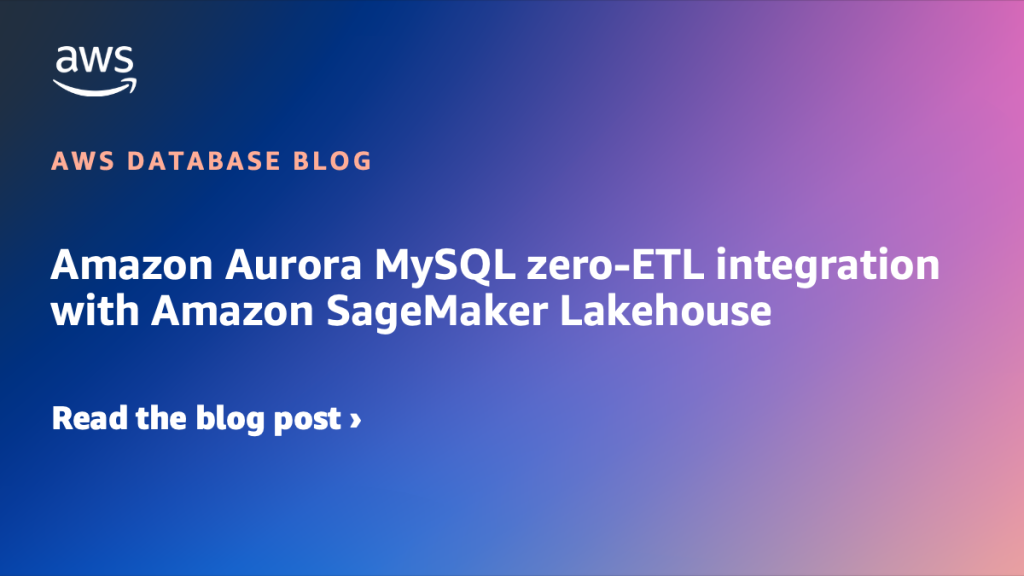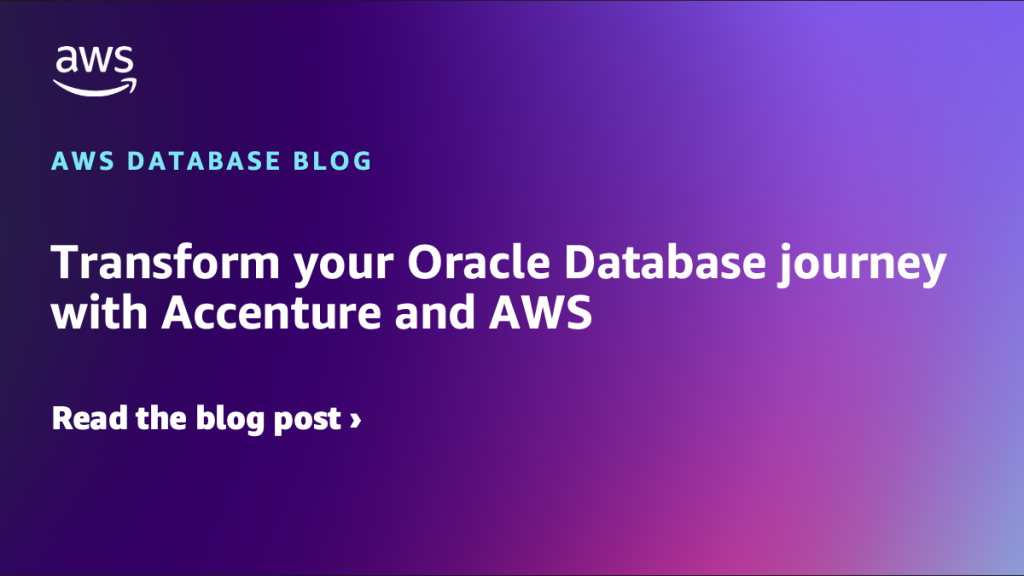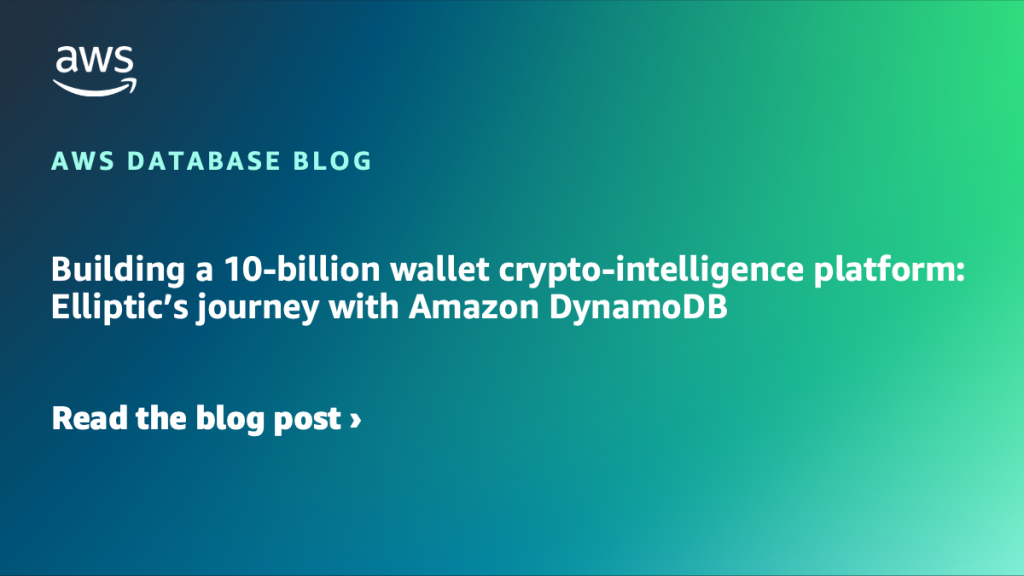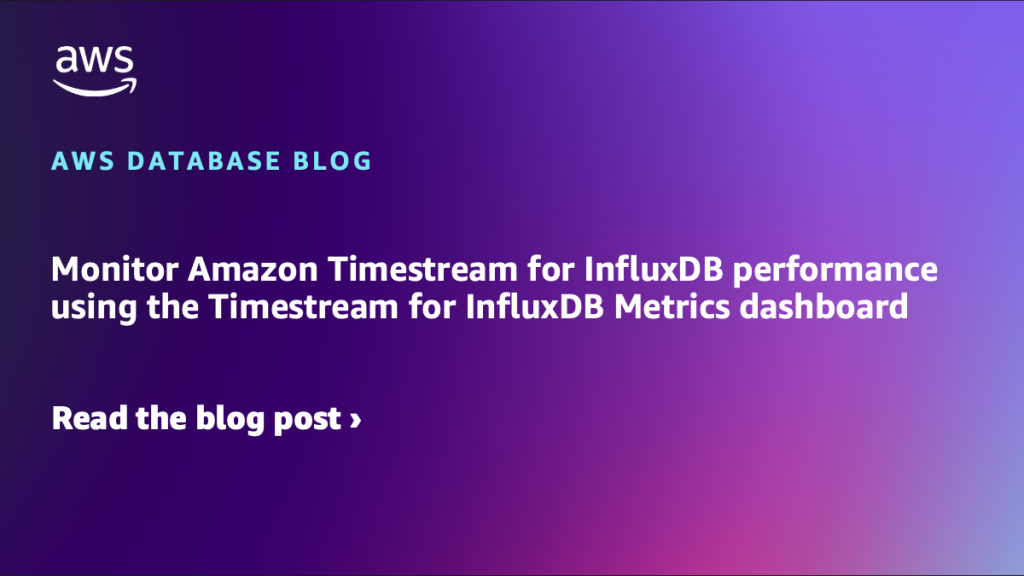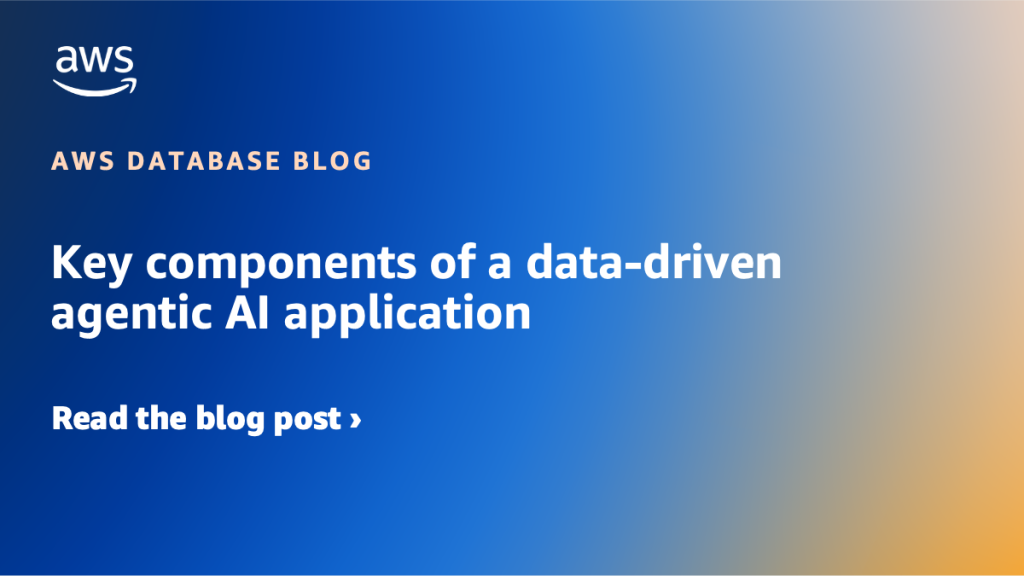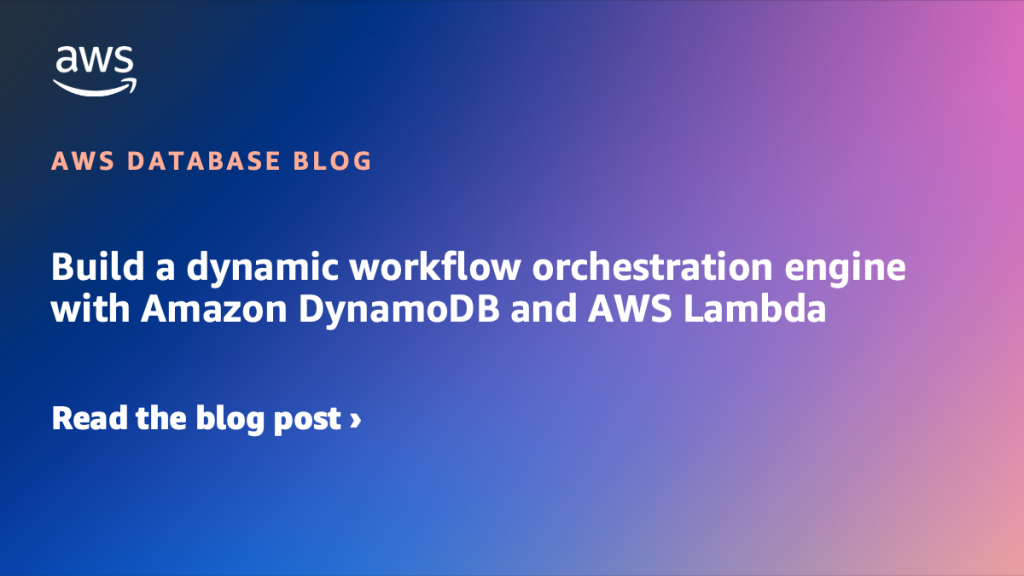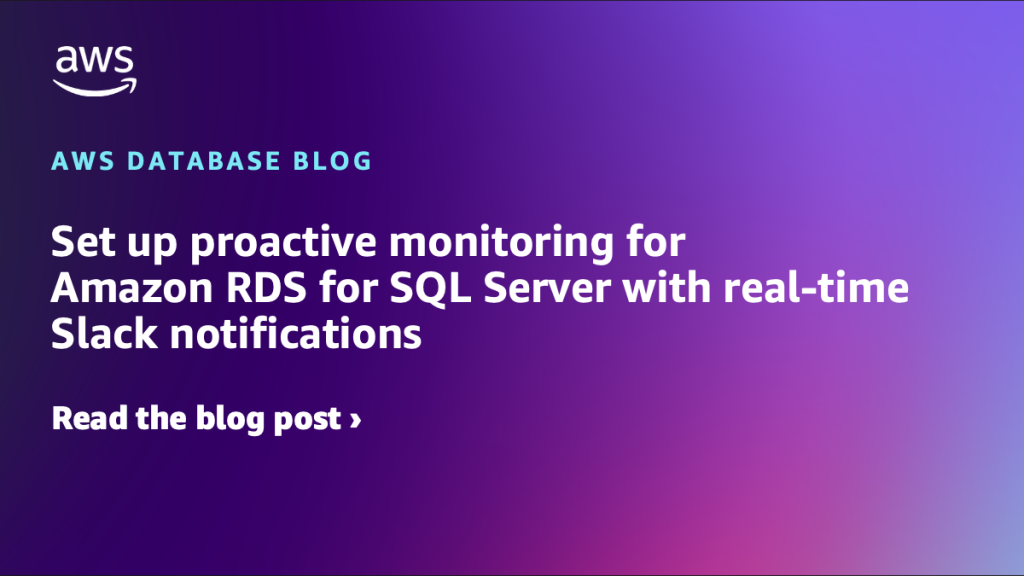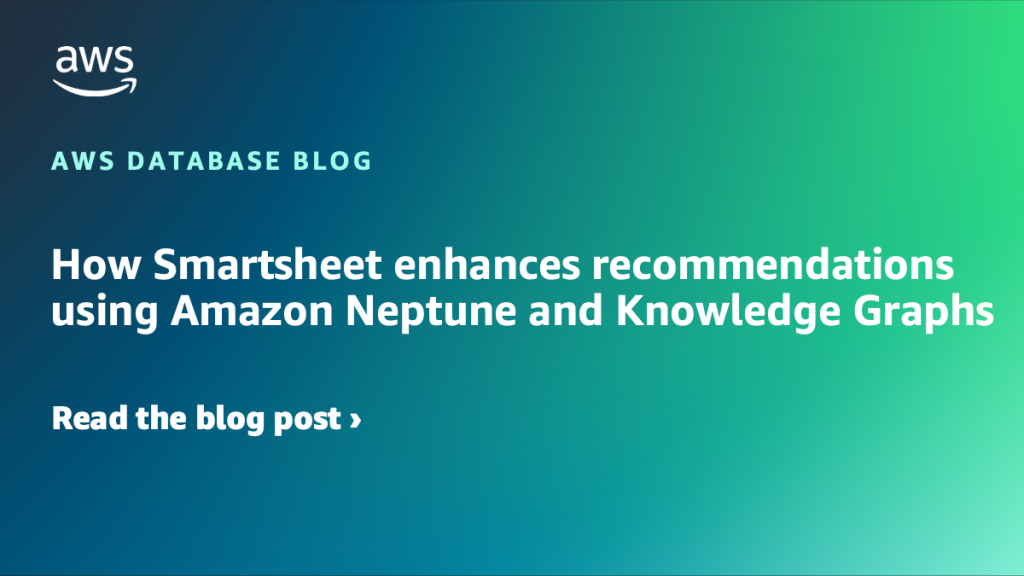AWS Database Blog
Category: Database
Amazon Aurora MySQL zero-ETL integration with Amazon SageMaker Lakehouse
In this post, we explore how zero-ETL integration works, the key benefits it delivers for data-driven teams, and how it aligns with the broader zero-ETL strategy in AWS services. You’ll learn how this integration can enhance your data workflows, whether you’re building predictive models, entering interactive SQL queries, or visualizing business trends. By eliminating traditional extract, transform, and load (ETL) processes, this solution enables real-time intelligence securely and at scale to help you make faster, data-driven decisions.
Transform your Oracle Database journey with Accenture and AWS
In this post, we explore how enterprises can transform their Oracle Database environments by combining Accenture’s proven migration expertise with Oracle Database@AWS’s innovative capabilities to achieve faster modernization, enhanced performance, and seamless integration with AWS services
Announcing vector search for Amazon ElastiCache
Vector search for Amazon ElastiCache is now generally available. You can now use ElastiCache to index, search, and update billions of high-dimensional vector embeddings from popular providers like Amazon Bedrock, Amazon SageMaker, Anthropic, and OpenAI—with latencies as low as microseconds and up to 99% recall.
Advanced observability and troubleshooting with Amazon RDS event monitoring pipelines
AWS provides a wide range of monitoring solutions for your Amazon RDS and Amazon Aurora instances, such as Amazon CloudWatch, Amazon CloudWatch Database Insights, and AWS CloudTrail. Amazon RDS event monitoring pipelines make troubleshooting operational events like reboots, errors, and failovers more efficient. In this post, we present a solution to get a head start on troubleshooting by sending an email after a reboot or failover with the last 10 minutes of important CloudWatch metrics, top queries, and related API calls performed on the instance.
Building a 10-billion wallet crypto-intelligence platform: Elliptic’s journey with Amazon DynamoDB
In this post, we explore how Elliptic uses Amazon DynamoDB to build a crypto-intelligence platform that scales to over 10 billion wallets globally and supports real-time risk detection across the fast-evolving digital asset ecosystem. We discuss the data model design, indexing strategies, and operational setup that Elliptic uses to power real-time risk analysis and complex investigations at scale.
Monitor Amazon Timestream for InfluxDB performance using the Timestream for InfluxDB Metrics dashboard
The Timestream for InfluxDB Metrics dashboard adds the ability to perform trend analysis, create actionable insights, set up alerts, and automate reporting. You can configure the Timestream for InfluxDB Metrics dashboard to suit your business needs and build a robust and optimized time series workflow. In this post we walk you through how to deploy the Timestream for InfluxDB Metrics dashboard to start monitoring the performance of your fleet of Timestream for InfluxDB databases.
Key components of a data-driven agentic AI application
In this post, we look at the costs, benefits, and drawbacks of replacing services for agentic AI with direct database access. Including those that work well and are proven in production, and new services yet to be built. Let’s take a closer look at the anatomy of an agentic AI application and what would factor into such decisions.
Build a dynamic workflow orchestration engine with Amazon DynamoDB and AWS Lambda
In this post, I show you how to build a serverless workflow orchestration engine that uses Amazon DynamoDB and AWS Lambda. The complete implementation is available in a GitHub repository, which includes two fully functional examples that you can deploy and run immediately to see the orchestration engine in action.
Set up proactive monitoring for Amazon RDS for SQL Server with real-time Slack notifications
In this post, we demonstrate how to build an efficient, serverless monitoring system for Amazon RDS for SQL Server using AWS native services and Slack integration.
How Smartsheet enhances recommendations using Amazon Neptune and Knowledge Graphs
Smartsheet is a leading SaaS-based collaborative work management platform trusted by enterprises worldwide to manage projects, automate workflows, and drive collaboration at scale. In this post, we describe the Smartsheet Knowledge Graph, built in partnership between Smartsheet and AWS. The Smartsheet Knowledge Graph is a unified data model connecting people, content, and work in Smartsheet, representing how users interact with assets, content, and their collaborators.
